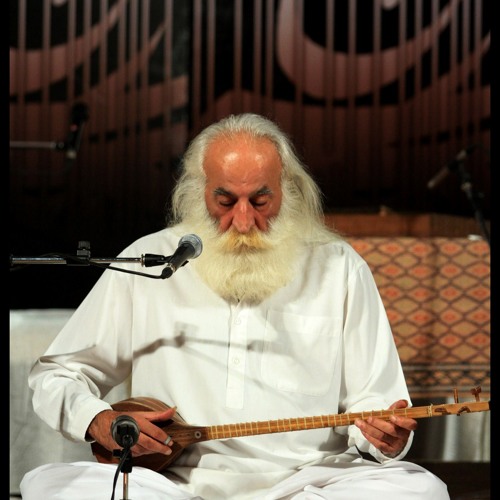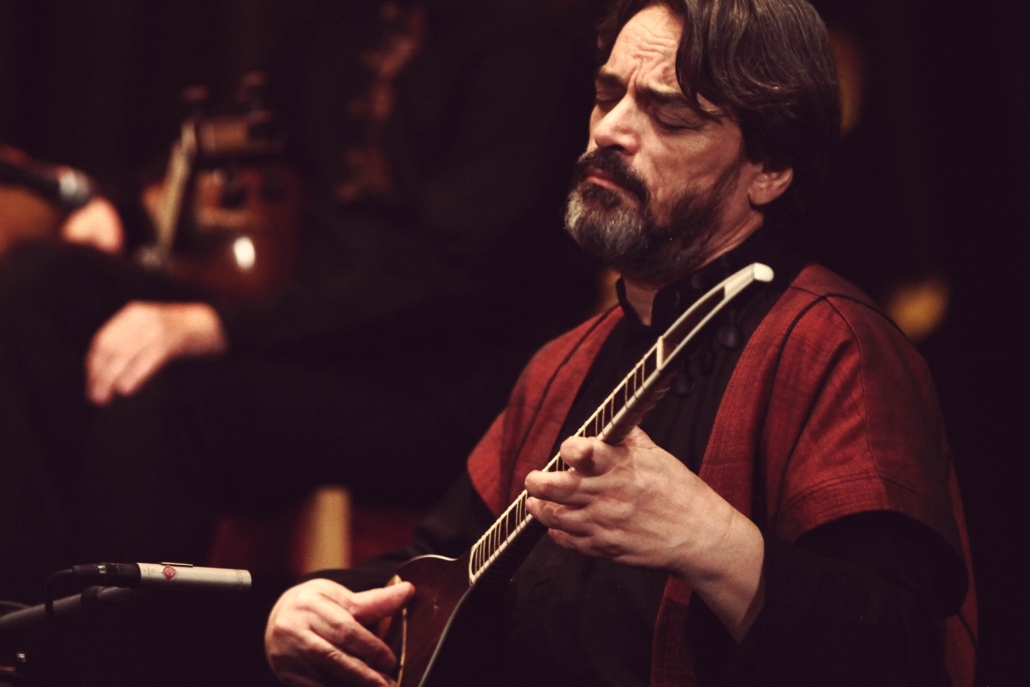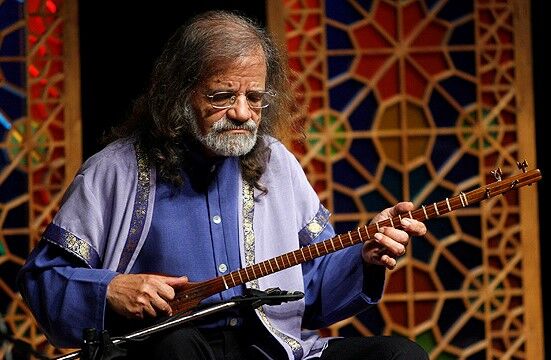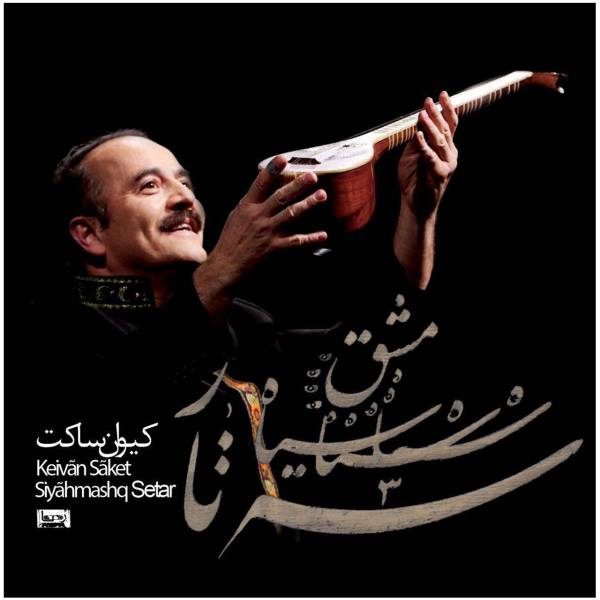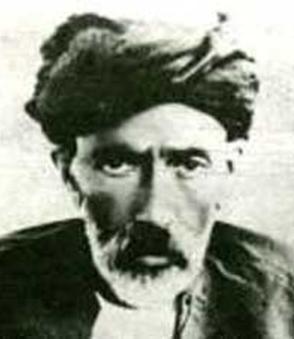Most Famous Iranian Setar Players
The best Setar players
Although musical instruments are various and countless around the world, some of them are superior to others. It is not just the instrument’s competency that makes the difference, but the players’ influence on the fame of the instrument, too. Some of the most famous figures who have been effective in demonstrating the competency of Setar are as follows.
Mohammad-Reza Lotfi
Born in Gorgan, the Iranian classical musician is best known for his talents in playing different instruments such as Setar and Tar. He attended Tehran Fine Arts College and then worked in different bands. During his career, he has recorded both solo and group works cooperating with other famous Iranian artists such as:
- Mohammad Reza Shajarian
- Shahram Nazeri
- Hossein Alizadeh
- Parviz Meshkatian
Lotfi was one of the greatest masters of the last twenty years. Besides other artists, he has played a great role in traditional music renaissance in Iran. He is talented in combining traditional and folk music and also trying to invent new techniques and styles, using his creativity.
Hossein Alizadeh
He is another master of Setar who can also play other instruments like Tar and Shurangiz. He has worked with famous musicians such as Shahram Nazeri, Mohammad-Reza Shajarian, Alireza Eftekhari, and Jivan Gasparyan, and also with different orchestras and groups. Born in Tehran, he began studying music at a conservatory school where he learned to focus on composition and performance. He has been nominated for the Grammy Awards. In 2014, one of the greatest French awards was suggested to him but he refused to accept it.
Keyhan Kalhor
The Iranian Kurdish music player is considered a master in playing Setar and Kamancheh. Kalhor has received three Grammy Awards for Best Traditional World Music Album and another Grammy Award for Best Global Music Album. As a seven-year-old boy, he started studying music in Tehran. He tried hard to be able to play in the National Orchestra of Radio and Television of Iran at the age of thirteen. He worked under the supervision of teachers such as Mohammad Reza Lotfi for many years. This talented artist has broken the music boundaries with his invention, technique, and experience.
Ghashang Kamkar
As a member of The Kamkars, she is a master player of Setar, Violin, and Santoor. Kamkar is the first woman who has been able to be on stage after Iran’s Revolution. She has always been active with different performances for women and also with Iranian music figures.
Jalal Zolfonun
He is one of the most famous music players in Iran. Working as a music composer, teacher, and player, he introduced Iranian music to the world. As a great and impressive act, Zolfonun cooperated with Maurice Béjart in mixing the Iranian music and the European Ballet Dance.
All the great masters of Setar added so many innovations, creativity, and techniques to the history of it. Unfortunately, the instrument was nearly forgotten during the 19th century. Through the efforts of all the music players, it has revived again and fortunately is very well known and well played nowadays.
Keyvan Saket
Keyvan Saket is a prominent Iranian composer, musician, and educator. Renowned for his exceptional skills on the tar and setar, he has made significant contributions to the world of Persian classical music.
Here are some key points about him:
- Versatility: Saket is not only a skilled performer but also a prolific composer and author of numerous books on the tar and setar.
- Innovation: He is known for his innovative approach to traditional Persian music, blending ancient techniques with modern interpretations.
- Education: As a university professor, Saket has played a crucial role in nurturing young musical talent.
- Global Recognition: His music has gained international acclaim, and he has performed extensively both in Iran and abroad.
Behdad Babaei
Behdad Babaei is a talented Iranian setar player, composer, and music educator. He has gained recognition for his skillful playing and innovative approach to the instrument.
Here’s a brief overview of his career:
- Setar Mastery: Babaei is highly regarded for his technical proficiency and expressive playing style on the setar.
- Composition and Arrangement: He has composed and arranged numerous pieces, showcasing his creativity and musical depth.
- Education: Committed to sharing his knowledge, Babaei is involved in teaching and mentoring aspiring musicians.
Sohrab Pournazeri
Sohrab Pournazeri is a prominent Iranian musician, composer, and a member of the renowned Pournazeri family. While primarily known for his mastery of the tanbour and kamancheh, he is also skilled in playing the setar.
Here’s a brief overview of his career:
- Musical Family Legacy: Coming from a family deeply rooted in music, Sohrab has inherited a rich musical heritage.
- Shams Ensemble: He joined the Shams Ensemble, founded by his father Kaykhosro Pournazeri, at a young age, gaining invaluable experience.
- Versatility: Sohrab’s musical repertoire extends beyond traditional Iranian music, incorporating elements of world music and jazz.
- International Recognition: His talent has garnered worldwide acclaim, leading to collaborations with musicians from diverse backgrounds.
Sohrab Pournazeri’s ability to blend traditional Iranian music with contemporary influences has made him a significant figure in the world of Iranian music.
Ali Akbar Sheyda
Ali Akbar Sheyda is a legendary figure in Iranian music. Born in 1843 and passing away in 1906, he was not only a masterful setar player but also a talented poet and calligrapher.
Sheyda’s Artistic Legacy
- Setar Virtuosity: Sheyda was renowned for his exceptional setar playing skills. His innovative techniques and profound understanding of the instrument set him apart.
- Poetry and Calligraphy: Beyond music, Sheyda excelled in poetry and calligraphy, adding depth to his artistic profile.
- Influence on Persian Music: His compositions and performances had a profound impact on Iranian music, establishing him as a pioneer of classical Persian music.
Sheyda’s music, particularly his tasnifs (a form of lyrical song), is still cherished by music lovers today. His contributions to Iranian culture are immeasurabl
Conclusion
Setar is a supreme instrument. It has new techniques, approaches, and evolutions. Due to all these characteristics, it has opened the door to a new world of music by combining traditional styles with new and modern ones. Since the beginning of the twentieth century, this instrument has faced many innovations and challenges. Setar is played in solitude and quiet places without bothering others. But these days, famous actors use it in different ensembles and groups alongside all the electronic instruments.
Discover the enchanting world of the setar with our immersive class. Learn the art of playing this beautiful instrument from experienced instructors. No prior musical experience required. Immerse yourself in the rich cultural heritage of Iran through music. Sign up for Setar lessons today and embark on a musical journey you won’t forget!

